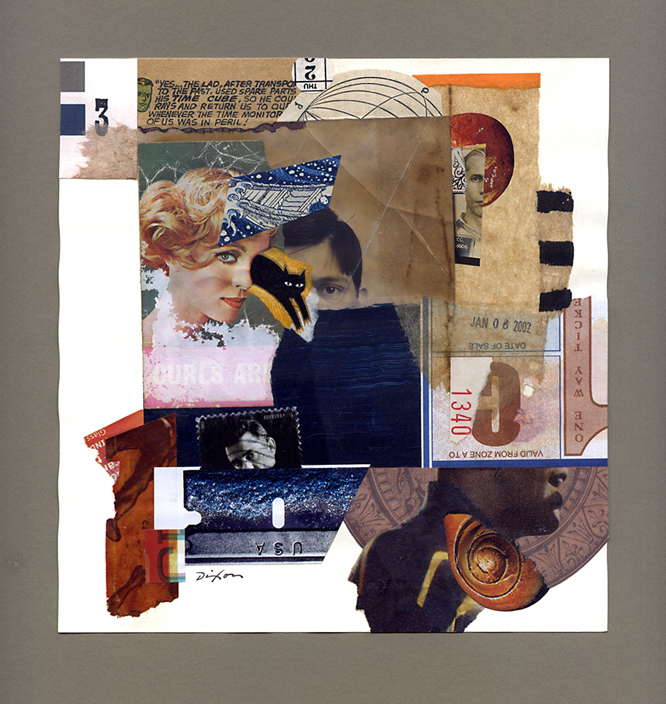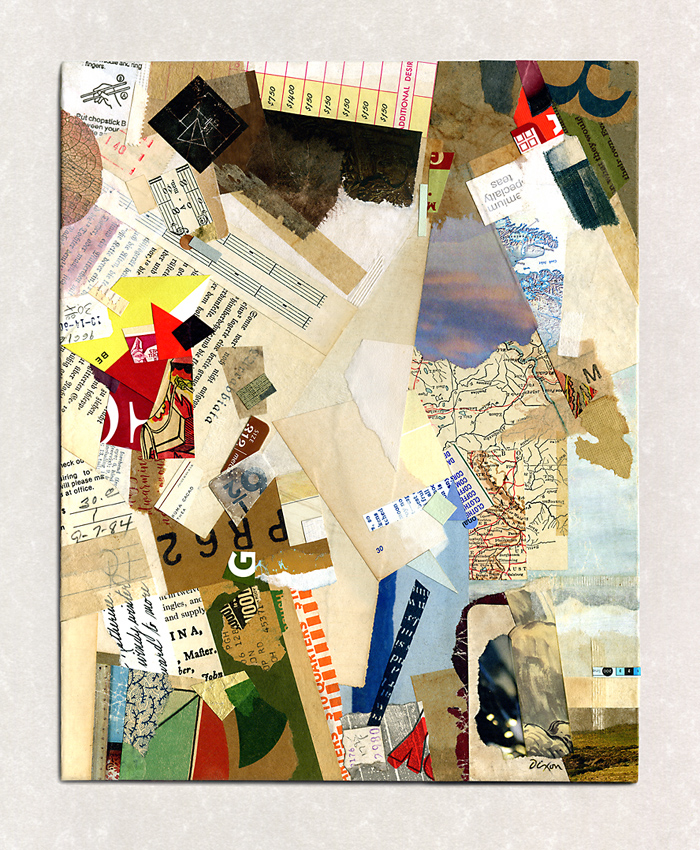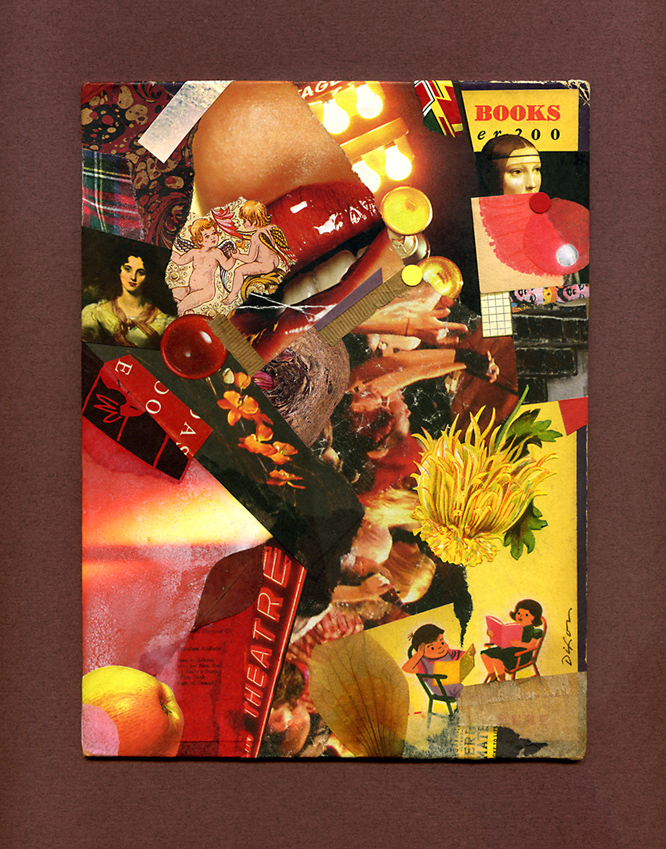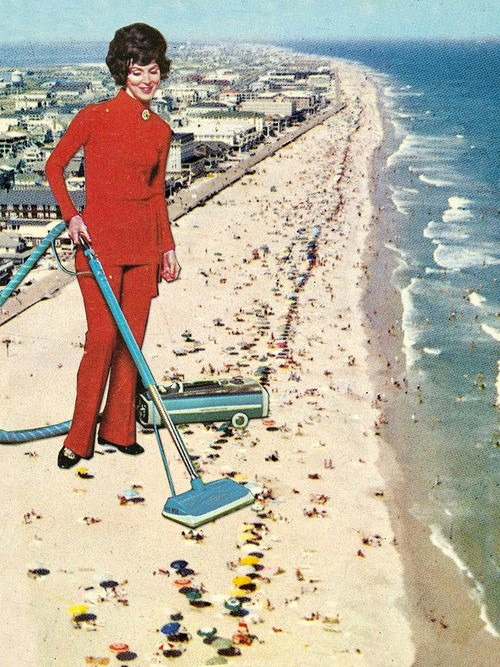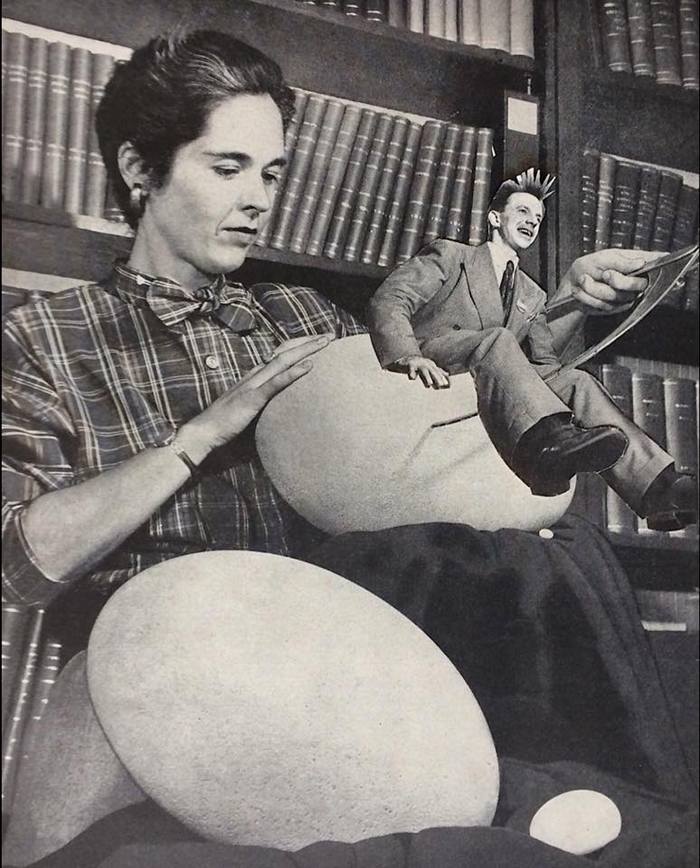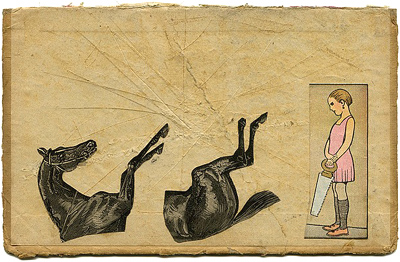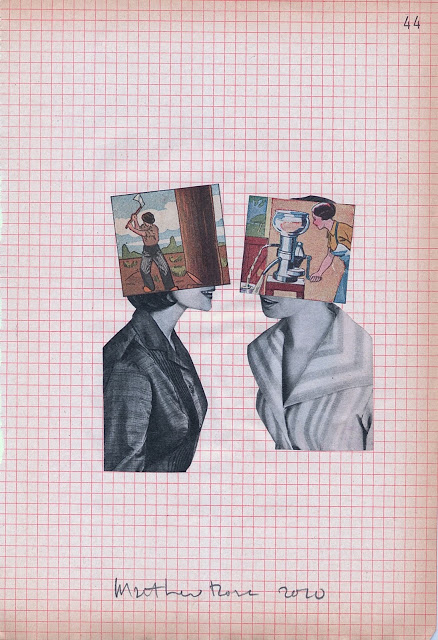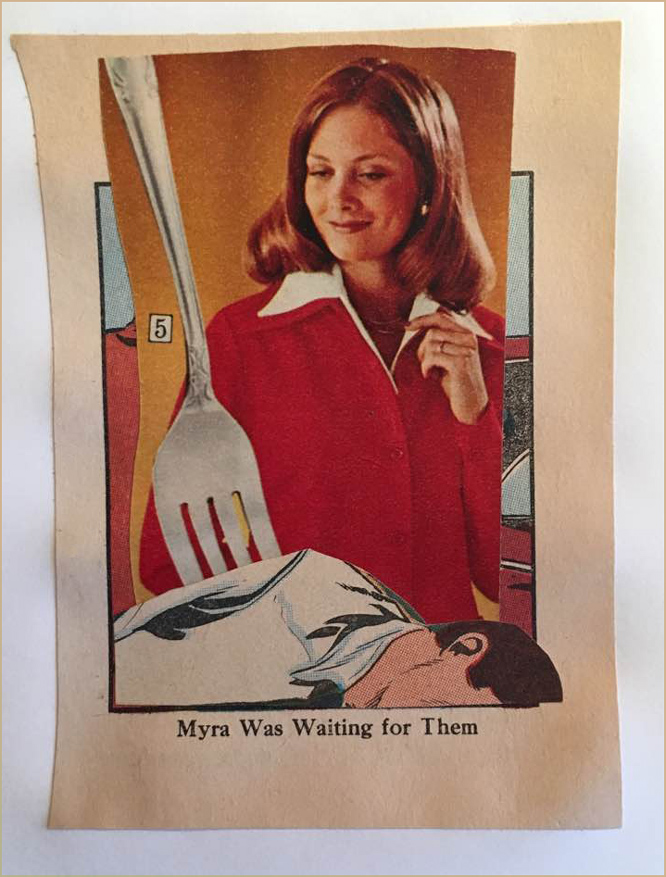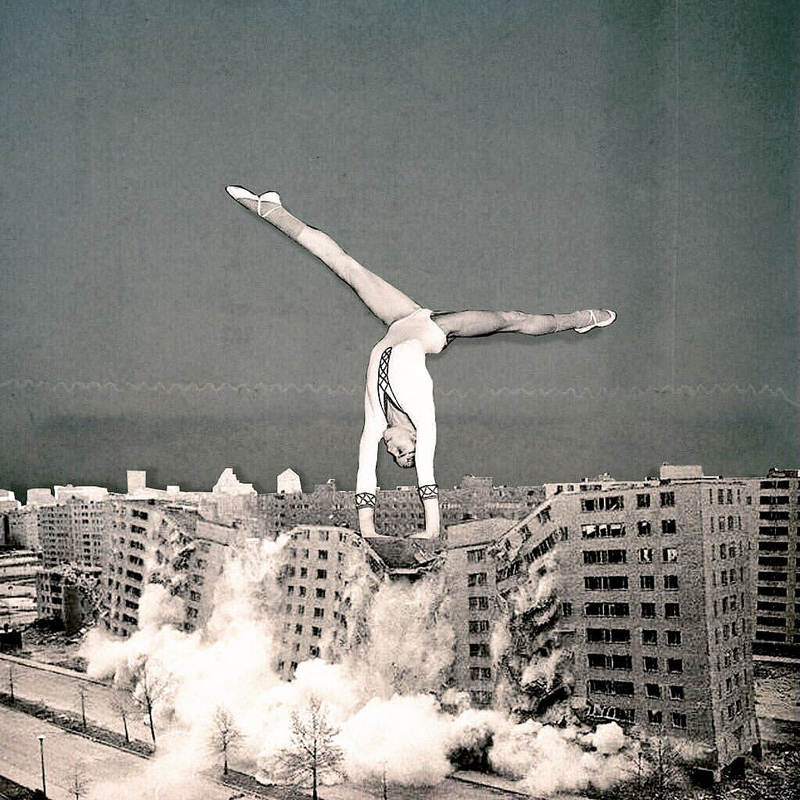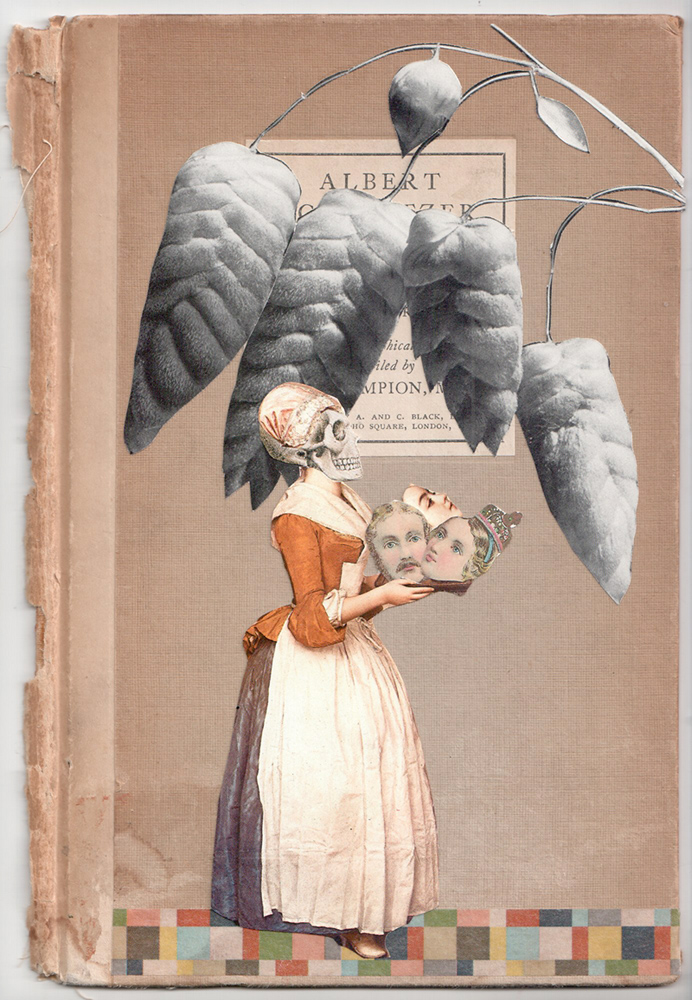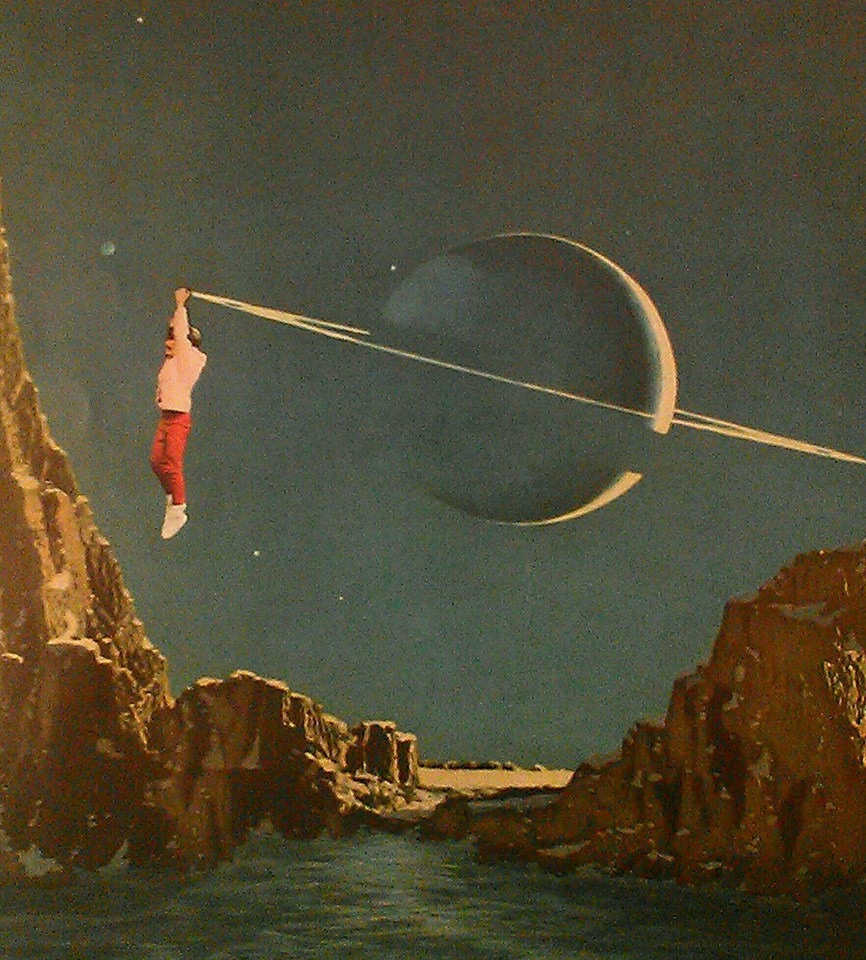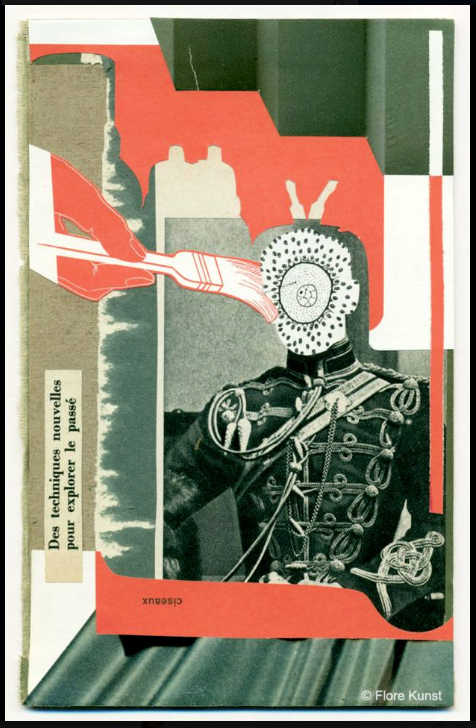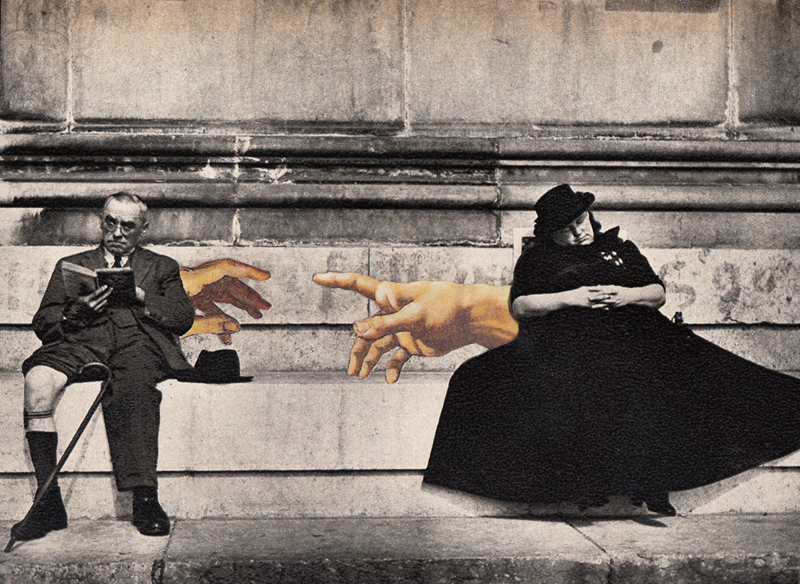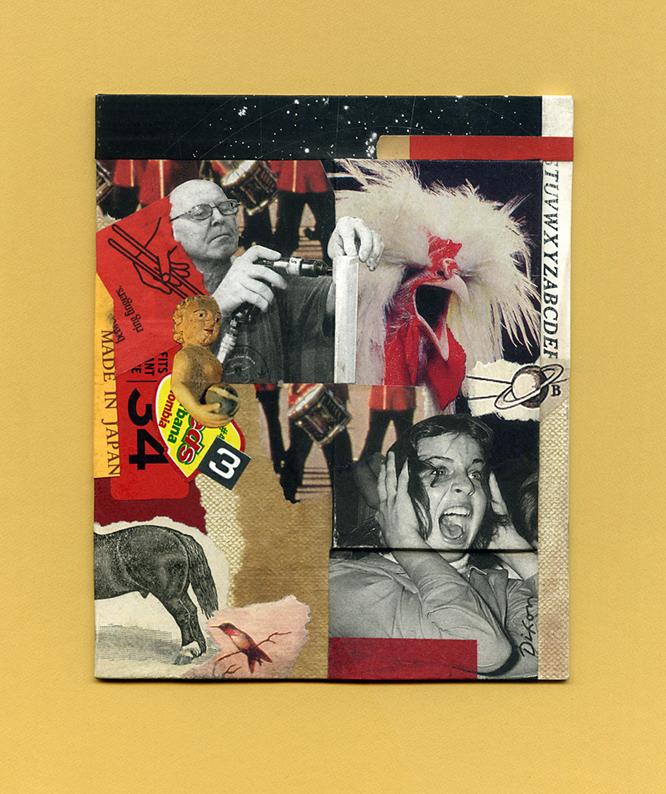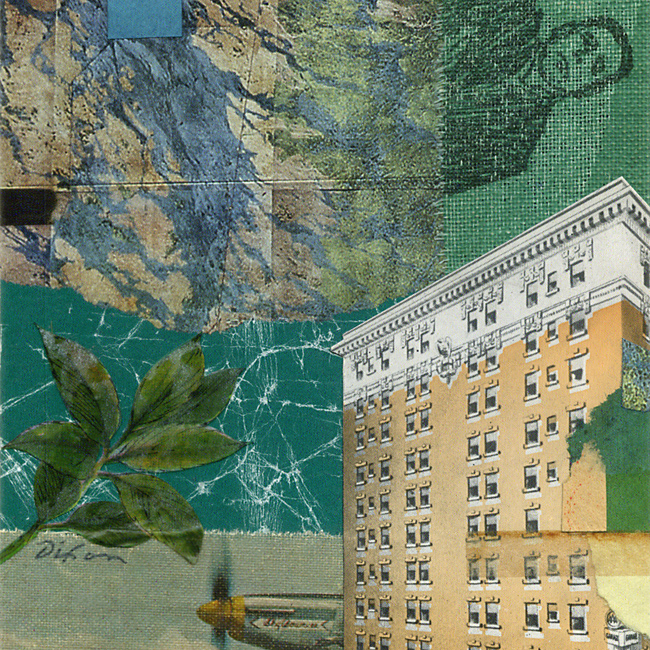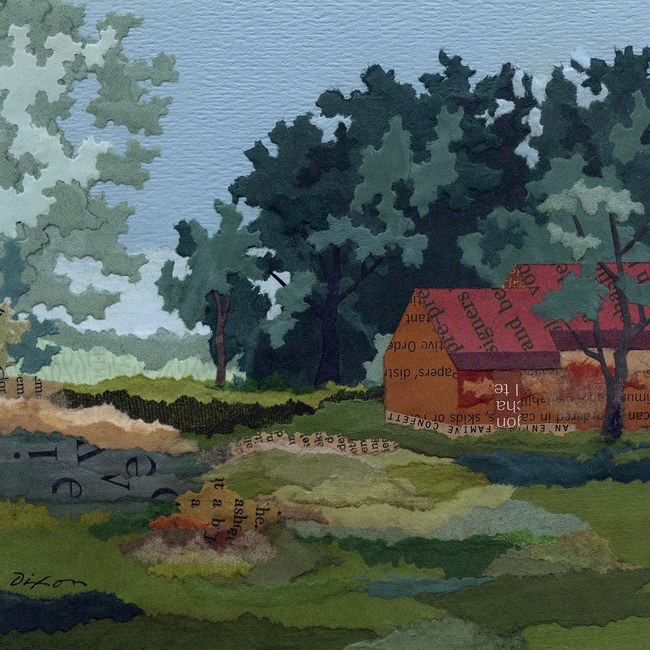1340: Discreet Curiosities
collage experiment on paper by J A Dixon
6.75 x 7 inches
Own this experiment.
Archive for August, 2018
1340: Discreet Curiosities
Tuesday, August 28th, 2018Precursors have precursors
Tuesday, August 21st, 2018“We do not analyze works of art because we want to imitate them or because we distrust them.”
— Paul Klee
The other day the world learned about an unpublished Ernest Hemingway short story. If there had not been a Mark Twain first, would literature know Hemingway’s writings at all? Could there have been an Isaac Asimov, Stan Lee, or Gene Wolfe without a Verne or Burroughs? The J.K. Rowling body of work without an Austen or Tolkien? 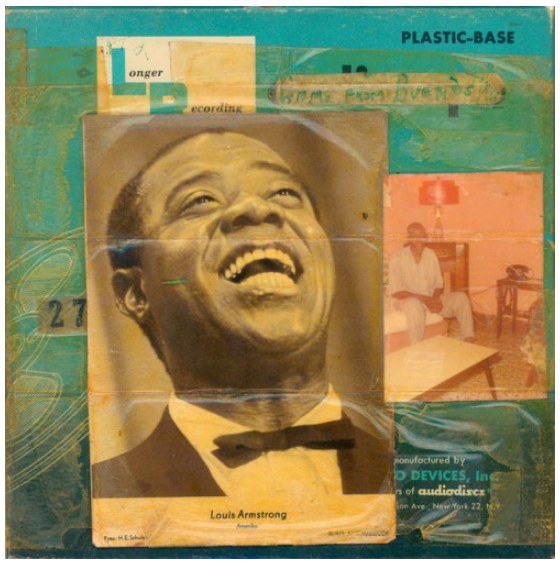 Similarly, all of today’s rock music can be linked to direct influences — to bands such as Ramones, Led Zeppelin or the Beatles, which, of course, had their own precursors. Would jazz exist in its current form without the innovations of Armstrong and all those who inspired him? Imagine a contemporary musician saying, “I really haven’t paid attention to any music that was recorded before I started to play.” And yet, not infrequently, collage artists will boast that they have little use for art history (all the breakthroughs of bygone creators who dug the swimming pools in which they now frolic).
Similarly, all of today’s rock music can be linked to direct influences — to bands such as Ramones, Led Zeppelin or the Beatles, which, of course, had their own precursors. Would jazz exist in its current form without the innovations of Armstrong and all those who inspired him? Imagine a contemporary musician saying, “I really haven’t paid attention to any music that was recorded before I started to play.” And yet, not infrequently, collage artists will boast that they have little use for art history (all the breakthroughs of bygone creators who dug the swimming pools in which they now frolic).
It is argued that modern artists were the first to decide that visual art would be about art, rather than subject matter. Nonsense. Art has always been about art, because it always has been structured on prior foundations. The idea that any artist can burst on the scene as an original is absurd. Nobody who comes out of early childhood with any level of awareness has not built an inventory of perceptions — countless images from the culture around them. Each of these individual influences involved creative activity based on another bank of stimuli, and so forth, back to the first proto-human who picked up a piece of charcoal to make interesting marks on a stone (and was probably knocked on the head by another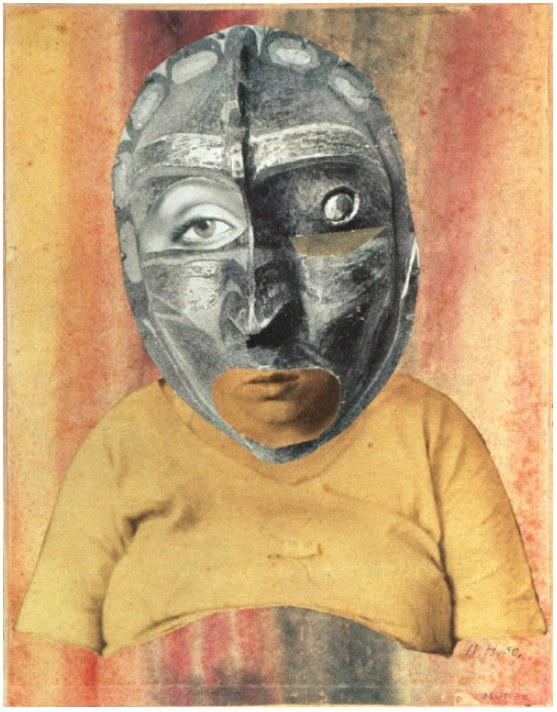
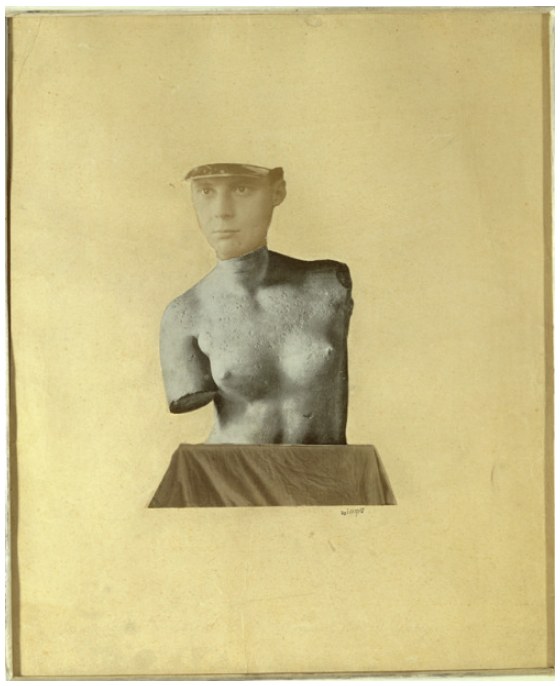 who judged the action as irrelevant to group survival).
who judged the action as irrelevant to group survival).
Perhaps I have belabored my point. Perhaps it is a point that anyone who reads this would not need emphasized in the first place. Isn’t it obvious to us that no art form is more about all these churning influences from untold visual decision makers — painters, printers, illustrators, photographers, designers — than the medium of collage itself? So, let us all continue to study the collage artworks of the explorers who came before us, to trace the direct lineage of their concepts and techniques, to recognize that valuable inheritance in the work of our peers, as well as in the composition taking shape on the surface before us, and then, fully informed, to push confidently into the second century of collage.
Tranquil Ode (to Merz)
collage homage by J A Dixon
9.5 x 11.875 inches
Purchase this artwork.
Cult of Enthusiasm
Saturday, August 18th, 2018Cult of Enthusiasm
collage miniature on book cover by J A Dixon
6.125 x 8.125 inches
Purchase this artwork.
Collage and the Art of Humor
Tuesday, August 14th, 2018“Against the assault of laughter, nothing can stand.”
— Mark Twain
The evolving medium of collage betrayed its sense of humor from the outset, over a hundred years ago. There are countless variants of humor — satire, sarcasm, incongruity, hyperbole, mild irony, outright farce — to cite merely a few. 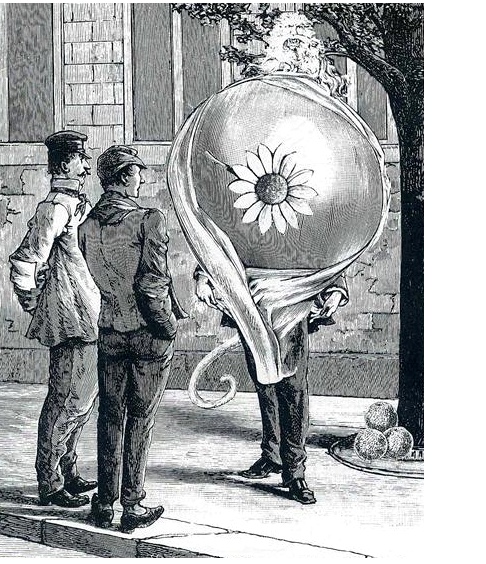 Most, if not all, have presented themselves in a collage format during the tumultuous century that followed. From my point of view, the humor we may find in Dada and Surrealism are byproducts of the movements’ overarching goals. But, we might ask, was the avant-garde intending to be funny at times, or were they deadly serious about weaponizing shock value as a visual tactic, bequeathing any laughs to those of us who would arrive many decades later? On the other hand, how can poking fun at established traditions and ideologies not be classified as humor? I welcome the thoughts of all readers who have chuckled at the work of Hannah Höch, or sensed dark amusement in a Max Ernst composition. Even when outrage from a target group is the primary objective, a subversive artist also may be hoping to elicit a humorous response from those of like mind. As we know, humor, like beauty, rests in the eye of the beholder.
Most, if not all, have presented themselves in a collage format during the tumultuous century that followed. From my point of view, the humor we may find in Dada and Surrealism are byproducts of the movements’ overarching goals. But, we might ask, was the avant-garde intending to be funny at times, or were they deadly serious about weaponizing shock value as a visual tactic, bequeathing any laughs to those of us who would arrive many decades later? On the other hand, how can poking fun at established traditions and ideologies not be classified as humor? I welcome the thoughts of all readers who have chuckled at the work of Hannah Höch, or sensed dark amusement in a Max Ernst composition. Even when outrage from a target group is the primary objective, a subversive artist also may be hoping to elicit a humorous response from those of like mind. As we know, humor, like beauty, rests in the eye of the beholder.
Eduardo Paolozzi created his whimsical Bunk! collage series in 1947. During that same year, Kurt Schwitters, 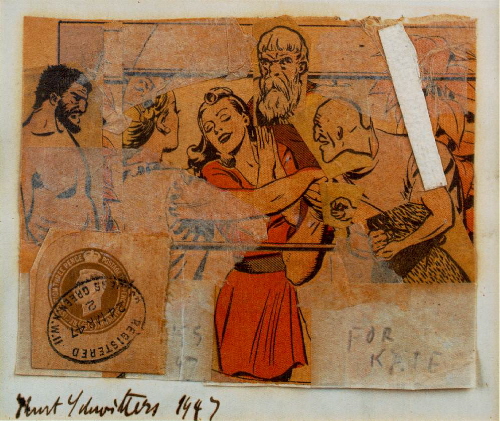 with the bulk of his far-reaching breakthroughs behind him, displayed his acknowledged sense of humor when he created “For Kate.” Both were envisioning the coming thing — Pop Art (Popism) — a movement to throttle the contemporary scene some 20 years later. Steve Martin got it right when he explained, “Chaos in the midst of chaos isn’t funny, but chaos in the midst of order is.” Did Mark Twain anticipate a Mel Brooks and how the art of stimulating laughter could enable a towering denunciation of fascism? Are there times when creativity’s greatest power is best unlocked with a joke?
with the bulk of his far-reaching breakthroughs behind him, displayed his acknowledged sense of humor when he created “For Kate.” Both were envisioning the coming thing — Pop Art (Popism) — a movement to throttle the contemporary scene some 20 years later. Steve Martin got it right when he explained, “Chaos in the midst of chaos isn’t funny, but chaos in the midst of order is.” Did Mark Twain anticipate a Mel Brooks and how the art of stimulating laughter could enable a towering denunciation of fascism? Are there times when creativity’s greatest power is best unlocked with a joke?
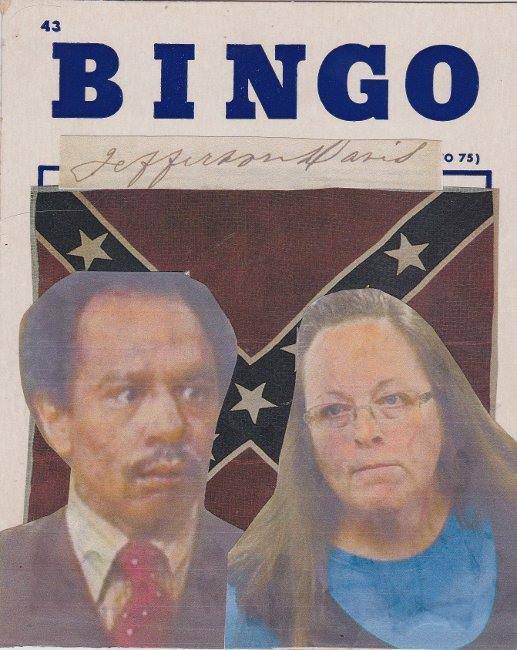 Now indulge me as I feature a few examples of humor in collage from artists that have touched my funny bone. I must admit that this subject brings to mind Terry R Flowers, perennial wit in the art form. It would be too easy to fill a screen with an array of his artistic wisecracks, especially in his role as veteran collaborator with Robert Hugh Hunt.
Now indulge me as I feature a few examples of humor in collage from artists that have touched my funny bone. I must admit that this subject brings to mind Terry R Flowers, perennial wit in the art form. It would be too easy to fill a screen with an array of his artistic wisecracks, especially in his role as veteran collaborator with Robert Hugh Hunt.
Some of these practitioners rely on a minimalist, juxtapositional approach — a sort of comedic “one-liner” — while others evoke a wry quality with a more complex effect. Perhaps nothing is more subjective than humor, so let them speak for themselves.
You’re encouraged to bring others to my attention, and I’ll prepare a follow-up entry!
Roster of Shows
Tuesday, August 7th, 2018Adding a couple more items to my Roster of Shows: A collage miniature from 2014, Melting into Air, was displayed as part of “Little Pieces,” the fourth exhibition of the Nashville Collage Collective. It was an honor to be invited to participate with the dynamic group. Two of my plein-air collage pieces currently hang in the large grouping of works by members of PAACK. The Plein Air Artists of Central Kentucky meet regularly for organized “paint-outs” during the summer months, visiting local farms, parks, and historic landmarks. Locally, the exhibit is an annual favorite. The 2017 exhibit holds the distinction of being the show that yielded the most art sales last year in my hometown of Danville. If you haven’t checked out the summary from last year, read about how I solved the challenges of “painting” with small collage ingredients in the open air. I’ve been asked to make remarks during the upcoming “gallery talk” at the Community Arts Center, scheduled for the last Thursday of August. Perhaps I’ll see you there!
Two square details of collage miniatures exhibited this summer.
